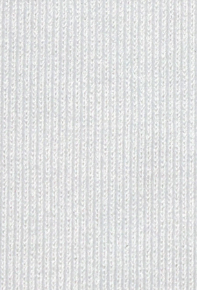- Sign & Plotter Vinyl
- Digital Vinyl & Laminate
- Digital Print Media
- Sheet Products
- Display Products
- LED Lighting products
- Equipment
- Tools and Accessories
- Inks
- Architectural Films
- Home Page
- Blog
- Resources
- Product Finder
- Training Hub
Cast Acrylic Vs Extruded Acrylic
Cast Acrylic and Extruded Acrylic are made from the same material - it's how they are made that gives them the reference of Cast or Extruded.
Cast Acrylic is made by pouring a liquid monomer of Methyl Methacrylate (MMA) between sheet plates of glass - the liquid is 'cast' between the glass plates and using warm water it is cooled allowing polymerization to take place, where it forms a solid sheet of PMMA, or acrylic. Cast acrylic is generally regarded as having a better surface quality, better optical properties and exceptional flatness. As the manufacturng process takes longer, it is often subject to 'Minimum Order Quantities' and is more expensive than extruded acrylic.
Extruded Acrylic is made by feeding monomer pellets into a machine, where they are heated and melted to create a viscous or molten paste, which is then moved along though the machine using a series of spirals and rollers that mix it and add texture, eventually forcing it through a thin mould or die, to form a continous flat mass that will eventally cool to form the sheet. The extrusion process gives the sheet a thickness consistency and as the material has already been heated and cooled, it has a lower melting point than cast acrylic, making it more mallable at temperature and hence very suitable in thermoforming and shaped structures.
- Head Office:
Unit 12 Knockmitten Ln, Western Industrial Estate, Dublin 12 - D12 YPH9.
Training Centre and Warehouse 1 & 2:
Unit 1, 2 Knockmitten Ln, Western Industrial Estate, Co. Dublin, D12 ER04 - sales@materialsolutions.ie
- Ph: 00353 1 409 8000























































